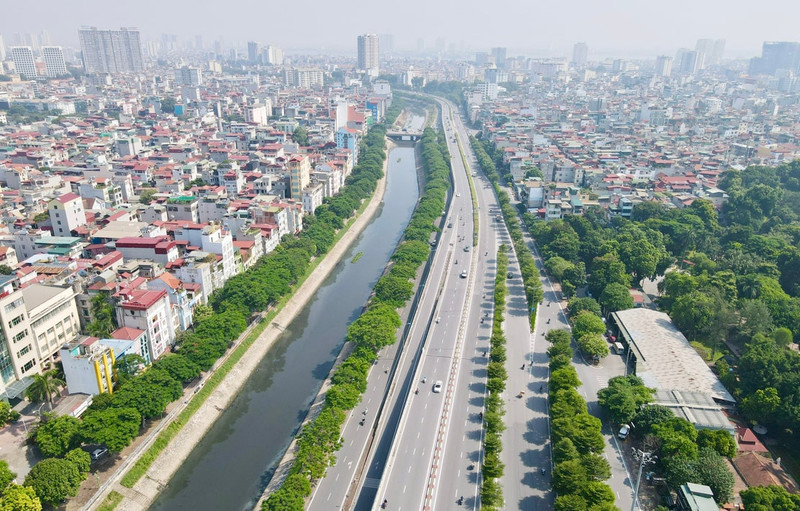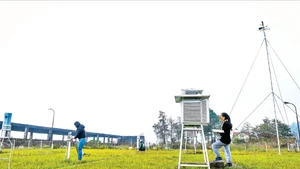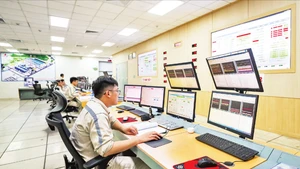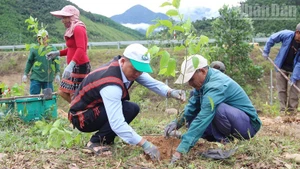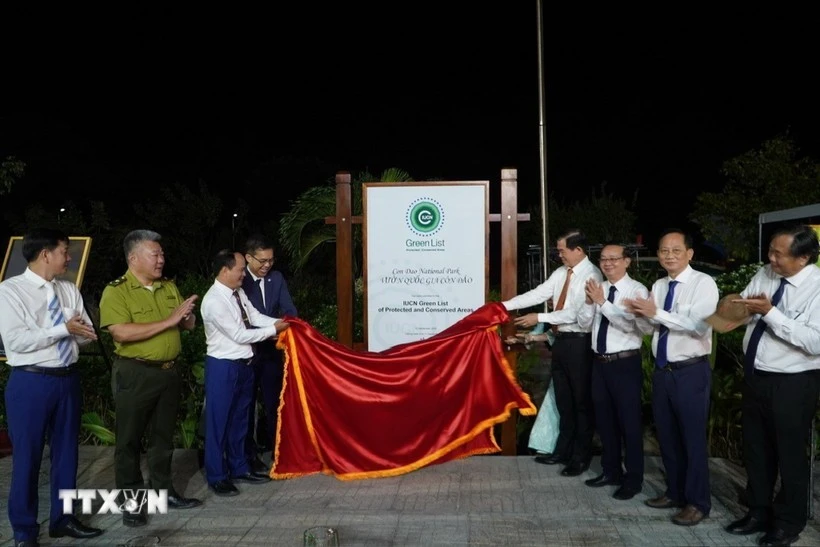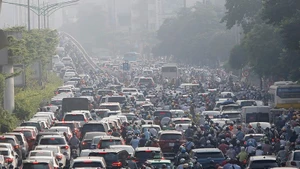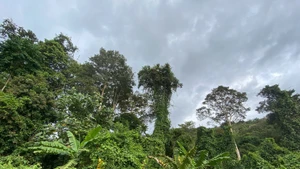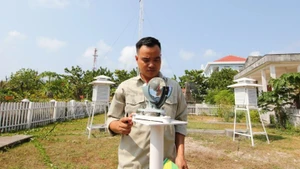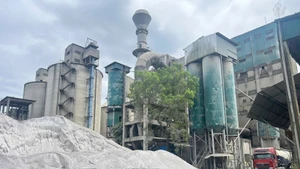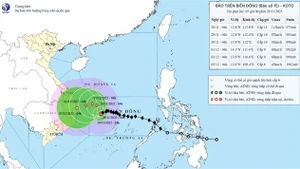Developing a green, civilised and modern city is also one of the general development perspectives in the Hanoi Master Plan for 2021-2030, with a vision for 2050, which was recently approved by the prime minister. These are important turning points, opening new directions for building a green Hanoi.
Green urban development as the driver of Hanoi’s development
The content on green space in the 2024 Capital Law is specified in Article 17 on capital construction and development planning; Article 18 on measures to ensure planning implementation; and Article 28 on environmental protection with key viewpoints on ensuring a healthy living environment and water security with the Red River as a green axis and central landscape, and developing harmonious urban areas on both sides of the river. In the historical inner-city area, public spaces will be built, increasing the proportion of public green space, thus ensuring the ratio of green space according to planning.
In the Hanoi Master Plan for 2021-2030, with vision for 2050, developing a green, civilised, modern and culturally rich city is identified as the main development driver of the capital city. In spatial organisation, the city identifies the Red River as the green axis and central landscape axis of the capital. The specific goal by 2030 is to achieve approximately 10-12 square metres of urban green space per person.
Regarding the vision for 2050, green development, increasing green space, and greening the inner-city area are among the key tasks for environmental and landscape protection. In the adjusted General Planning of Hanoi until 2045, with vision for 2050, the city continues to specify and update new points in urban green space development management.
According to Nguyen Ba Nguyen, Deputy Director of Hanoi Department of Planning and Architecture, the above policies and planning have created a solid legal foundation for managing and developing green space as well as clearly defining targets for green area, number of parks, and quality of green spaces. Additionally, to promote diversification of green space types, the plans encourage development of public green spaces, residential green spaces and specialised green spaces. More importantly, these policies have created favourable conditions to attract business investment in these projects.
More solutions needed
Based on Hanoi’s current urban development status and challenges, Associate Professor Le Quan, Rector of Hanoi Architectural University, affirms that in order to create fundamental changes in urban landscape, establish sustainable living environments, and create spaces for capital city residents’ recreation, there must be development directions for improving and reconstructing green spaces, public spaces, parks, and urban gardens in central areas, especially in densely developed areas and urbanising village areas.
“To implement from planning to practice, we need to be specific from the perspective of maintaining green space structures, green corridors and green belts to preserving, developing and connecting water surfaces and urban greenery. At the same time, solutions are needed to attract investment and community participation in renovating parks and gardens, as well as private sector participation in sharing public spaces with the community following international experience,” said Quan.
According to Luu Duc Hai, Director of the Institute for Urban Research and Infrastructure Development, one solution to enhance green space is applying multi-dimensional space models and adapting to underground space. This model needs to be planned and encouraged to add green space horizontally and vertically in buildings and streets. Additionally, organising and researching solutions for green tree models combined with transit-oriented development (TOD) and green space models for underground stations in inner-city areas is essential.
Suggesting several planning solutions for Hanoi’s green spaces that need continued implementation, Nguyen Ba Nguyen, Deputy Director of the Hanoi Department of Planning and Architecture, believes the first task is to regularly review and update master and detailed plans to match reality and new requirements. Plans must be closely linked from city to district levels. Priority should be given to green spaces in planning through adjustments to increase the land ratio for green spaces, especially in central areas and new residential areas; protecting areas of high ecological value, lakes, rivers and canals; and requiring buildings to incorporate green spaces on roofs, balconies and lobbies.
To create connected green corridors, attention must be paid to green corridors along transport routes and waterways. Additionally, natural ecosystems like forests and wetlands need to be preserved to contribute to a healthy living environment.
“Furthermore, green space planning needs to be coordinated with transport planning, creating green routes and reducing environmental pollution; coordinating green space planning with technical infrastructure planning; and ensuring adequate water, electricity and drainage for green areas. Community participation in planning also plays a crucial role in building a green, clean and beautiful Hanoi according to the policies and requirements set for Hanoi in the current context,” said Nguyen.
